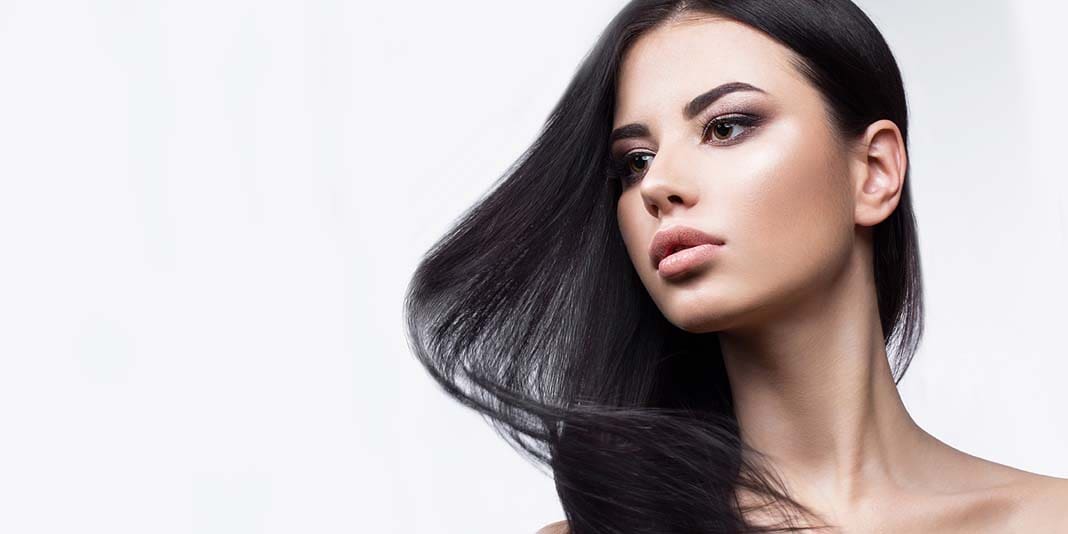Craving perfectly straight, sleek hair? It may be time to head back to the flat iron.Brazilian Blowout—one of the popular versions of the Brazilian keratin straightening treatments currently offered at salons—has just been confirmed by the U.S. Food and Drug Administration (F.D.A.) to contain “dangerous levels” of formaldehyde, in spite of its label claim to be “Formaldehyde Free.”MORE: Hair Straightening Treatments Without FormaldehydeThe violations are just two of several cited in the FDA’s public letter to Brazilian Blowout CEO Mike Brady, which goes on to institute a mid-September deadline for the company to either address all concerns, or risk seizure and injunction of product inventory.Yet controversy is not new to the Hollywood-based company. In November 2010, California’s attorney general’s office filed a lawsuit against Brazilian Blowout, claiming that the high levels of formaldehyde in the product was illegal under the terms of California’s Safe Cosmetics Act, as well as in violation of Proposition 65—which requires clear labeling of chemicals that can cause cancer.And while Brazilian Blowout has been in the spotlight of scrutiny, the U.S. Department of Labor’s Occupational Safety and Health Administration (O.S.H.A.) put out a hazardous materials alert just five months ago for similar brands of straightening products in addition to the Brazilian Blowout, emphasizing that stylists who work with and expose themselves to formaldehyde repeatedly could be placing their health in danger.QUIZ: How Healthy is Your Hair?Industry insiders say that easier application process is part of the reason Brazilian Blowout leapt to such popularity in recent years among consumers who opt for chemical straightening services. Whereas other brands often require abstaining for one to three day from showering and sweating until the product takes hold, Brazilian Blowout allows the consumer to get moisture in the hair without adverse effect right after treatment.But when New York stylist and salon owner Mark Garrison first received the Brazilian Blowout to use on clients, he says the discrepancy between the “Formaldehyde Free” labeling and the experience of applying the product was immediately apparent.“I could tell the Brazilian Blowout had formaldehyde in it the very first time I used it,” says Garrison. “Eye burn! Throat choke! And the smell was a tell tale giveaway—it smelled like formaldehyde!”MORE: Are You Using Toxic Cosmetics?Perplexed by the claim of “Formaldehyde Free” when the application process seemed to reveal otherwise, Garrison ordered an independent lab to test the kit. “The results showed that Brazilian Blowout not only had formaldehyde, but above what is even considered safe by O.S.H.A. standards,” says Garrison, who adds that his attempts to communicate his test results with Brady were personally dismissed by the CEO.In tests conducted by the F.D.A., the agency found that Brazilian Blowout contains anywhere from 8.7 to 10.4 percent formaldehyde, which is multiple times that of the 0.2 percentage that peer-reviewed Cosmetic Ingredient Review board considers safe for consumers.MORE: The Best Haircut for Your Hair TypeGarrison warns that after backlash began to surface about hair straightening brands using formaldehyde, many simply switched to other formaldehyde derivatives that often (though not always) end in “aldehyde,” in an attempt to escape recognition of the carcinogenic name on the label, while still using it.“Methylene glycol is the most common ingredient. It is formalin and aqueous formaldehyde mixed together. This was just another way for companies to say their formulas were formaldehyde-free,” says Garrison.One place where companies are forced to come clean is the Manufacturer’s Safety Data Sheet (MSDS) that details ingredients and potentially hazardous information, and which consumers have a right to request. Many brands link to the report (however discreetly) on homepages.Yet in spite of all the disputation, lawsuits and warnings, many women still persist in seeking out a treatment that will miraculously turn frizz-prone and poufy strands smooth and shiny. Garrison says he is now trying out a product by Liqwd for these clients, though a dose of realism is best served with your blow out.MORE: Tame Your Hair Troubles“Liqwd is a de-frizzer, not a relaxer. Anything that relaxes has to have something that breaks down cysteine bonds,” Garrison says of the proteins that make up hair strands.
© YouBeauty 2024




































